Dermatillomania: Symptoms, Causes, And Treatment
Understand the approaches to address and control this skin-picking disorder.

Image: Shutterstock
If you tend to pick your skin very frequently and find it difficult to stop yourself, it could be because of a disorder called dermatillomania or excoriation disorder. It is a common disorder with a prevalence estimated between 1.4% and 5.4% (1).
People with this disorder pick their skin to “correct imperfections” caused due to acne or other skin problems. This can lead to tissue damage. In this article, we discuss the major signs and symptoms of dermatillomania, its causes, and some effective treatments. Keep reading to know more!
In This Article
What Is Dermatillomania?

Dermatillomania, also known as excoriation, is a skin-picking disorder. It is characterized by recurrent picking of one’s skin. It may lead to tissue damage and emotional distress. Dermatillomania is listed as one of the obsessive-compulsive and related disorders in the Diagnostic and Statistical Manual of Mental Disorders (DSM-5) and the proposed International Classification of Diseases (ICD-11) (1).
This disorder may occur at any age. This condition generally starts in adolescence, coinciding with the onset of puberty. People with this disorder can pick the skin from any area of the body, most commonly the face. A pimple, bump, or rough cuticle may tempt them to start picking. This becomes a recurring cycle.
Repetitive touching, rubbing, or scratching may cause bleeding, lesions, blemishes, and scabs. Some people also use tools to squeeze or poke the skin.
The occasional picking of skin most of us do is different from the excoriation disorder. Let us look at the symptoms of dermatillomania to understand the condition better.
Key Takeaways
- Dermatillomania is a skin-picking disorder that starts in adolescence, coinciding with the onset of puberty.
- Acne, eczema, stress, and anger are a few causes of this type of obsessive-compulsive disorder.
- Cognitive-behavioral therapy helps people recognize their triggers and manage this harmful habit.
Signs And Symptoms Of Dermatillomania

According to the DSM-5, this disorder can be confirmed if you meet the following criteria (2):
- Repeated skin picking leads to skin lesions.
- Repeated attempts made to stop the skin picking.
- Skin picking causes clinically significant distress, including embarrassment, shame, and a feeling of loss of control.
- Skin picking is not attributable to the physiological effects of a substance or another medical condition.
- Symptoms of another mental disorder cannot explain it.
Repeated picking leads to skin lesions, post-inflammatory hyperpigmentation, and scarring. Common behaviors of an individual with dermatillomania include:
- They find it difficult to stop picking at skin.
- The picking causes bleeding or bruising.
- They start picking whenever they are anxious, stressed, or bored.
 Trivia
TriviaIt can happen unconsciously or out of habit. A blogger writes about their experience of dealing with dermatillomania or excoriation disorder on their blog: “I have picked the skin around my fingernails. I never thought I was doing something wrong or thought it was weird or not normal, but since my friend saw that I was doing it on a regular basis and told me to stop, I noticed that I was doing it subconsciously (i).”
If you’re wondering how to stop skin picking, you first need to get to the root of the matter. So many things can trigger them to pick the skin. Read on to find out the causes and triggers of dermatillomania.
Causes Of Dermatillomania:

The actual cause of dermatillomania is unknown. However, there are a few triggers that may cause skin picking. It can vary across individuals, but the common ones are (1):
- Acne or eczema
- Stress
- Anger
- Anxiety
- Sedentary activities
- Boredom
- Feeling tired
Dermatillomania is also linked to genetics. You may have a skin-picking disorder if it runs in your family. According to a 2012 study, 28.3% of 60 people with dermatillomania had family members with the same disorder. Another study of 40 patients found that 43% of them had a first-degree relative with skin picking disorder (3).
 Did You Know?
Did You Know?A 2021 study on 594 Polish adults comprising 76% of women aged 18 to 60 years with traumatic life events, dissociative experiences and skin-picking disorder revealed that traumatic and dissociative experiences are associated with both automatic and focused skin-picking. While 52.38% of participants confirmed occasional skin-picking, 12.45% met diagnostic criteria for clinical relevance.
It is also associated with other psychiatric conditions like obsessive compulsivenessi A common, chronic, long-lasting mental illness characterized by uncontrollable, repetitive behaviors. , body dysmorphic disorderi A mental health condition where a person spends a lot of time thinking about the perceived defects in their appearance. , mood disorders, anxiety disorders, borderline personality disorderi A mental disorder that severely impacts a person’s ability to manage behavior and emotions. , autismi A serious developmental disorder characterized by repetitive behaviors, impaired social skills, and issues with communication. , and alcohol abuse (2). In addition, a person with dermatillomania may also have trichotillomania (hair-pulling disorder) (1).
To treat dermatillomania, one has to know the triggers. Your therapist will recommend coping techniques after identifying the triggers. Let us learn more about the diagnosis and treatment for dermatillomania in the next section.
Diagnosis And Treatment Of Dermatillomania

There is no permanent cure for dermatillomania, but you can manage it through therapy and medications.
Talk therapy is an effective treatment for reducing skin picking disorder. It is offered through community mental health services (4). Some types of talk therapy used in its treatment include:
- Cognitive-Behavioral Therapy: Habit reversal training helps people recognize their triggers and replace them with a less harmful habit. There was a significant reduction in symptoms when this approach was tried on dermatillomania patients (1).
- Self-Assessment Tools: Self-assessment questionnaires can help people understand their skin-picking patterns and how severe the issue might be. These tools also assist in identifying triggers that lead to the behavior. Many mental health organizations offer free questionnaires, making it easier for individuals to take the first step toward finding the proper treatment.
- Acceptance And Commitment Therapy: It promotes the acceptance of negative thoughts and feelings as part of the human experience. It encourages patients not to indulge in harmful behaviors. In a preliminary study conducted on five patients, a significant reduction in skin picking was observed (1).
Your doctor may prescribe antidepressants like selective serotonin reuptake inhibitors (SSRIs) and nutraceuticals, such as n-acetyl cysteine (NAC). You may also need to treat any skin infection caused by skin picking with antibiotics.
Less than 20% of all patients seek treatment for their skin picking (1). This is due to social embarrassment. There are several other impacts and effects of this disorder. Read on to know more.
What Are The Impact And Effects Of Dermatillomania?
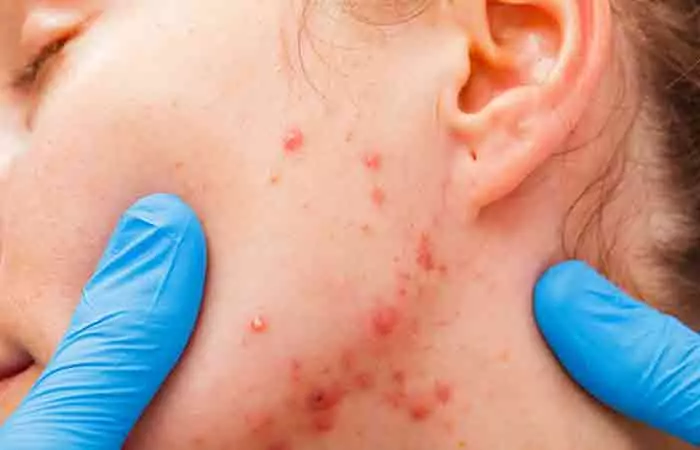
The medical impact of skin picking disorder includes the complications followed by the infection due to skin lesions and scarring. When the wounds become severe, there are chances of developing serious issues, like:
- Blood poisoning by bacteria. In a rare case, a patient was diagnosed with Staphylococcus aureus bacteremia due to skin picking disorder (5).
- Blood loss if picking occurs near a major blood vessel.
- Brain infection if the picking occurs in the facial area (6).
Along with soft tissue damage, dermatillomania also results in mental distress. When you cannot stop skin-picking even after several attempts, feelings of anxiety, fear, and shame creep in. You may also start avoiding social settings. This may lead to further anxiety and mood disorders.
The Final Takeaway
Dermatillomania or skin picking disorder is characterized by repeated picking of one’s skin, leading to tissue damage and mental health issues. This compulsive behavior falls under the category of body-focused repetitive behaviors. Factors like acne, anger, anxiety, stress, boredom, etc., can be triggers of skin picking. If you or someone you know has dermatillomania, it is important to consult a medical health provider to figure out the treatment and manage it before it causes any complications.
Frequently Asked Questions
How can friends and family support someone with dermatillomania?
Support them by showing understanding and avoiding judgment. Encourage seeking professional help if needed and create a safe space for open conversations about their struggles. This can be done by actively listening, validating their feelings, and offering support without trying to ‘fix’ the problem.
What should you not say to someone with dermatillomania?
If they pick their skin, do not discuss it with strangers or make comments on their appearance. It is best not to ask too many intrusive questions or to regard yourself as responsible for their health.
Do dermatillomania scars go away?
Depends on the intensity of the scars. Most scars are superficial and may fade away in a few years if properly cared for.
Is dermatillomania an addiction?
Dermatillomania is a behavioral addiction, classified as a type of OCD, where the person excessively picks their skin.
Illustration: Dermatillomania: Symptoms, Causes, And Treatment

Image: Stable Diffusion/StyleCraze Design Team
Learn how to get treatment for dermatillomania. Get simple tips on how to manage the urge to pick your skin with this informative video.
Personal Experience: Source
StyleCraze's articles are interwoven with authentic personal narratives that provide depth and resonance to our content. Below are the sources of the personal accounts referenced in this article.
i. Excoriation Disorderhttps://mydermatillomaniastory.blogspot.com/
References
Articles on StyleCraze are backed by verified information from peer-reviewed and academic research papers, reputed organizations, research institutions, and medical associations to ensure accuracy and relevance. Read our editorial policy to learn more.
- Excoriation (skin-picking) disorder: a systematic review of treatment options
https://www.ncbi.nlm.nih.gov/labs/pmc/articles/PMC5522672/ - Dermatillomania: A Case Report and Literature Review
https://www.ncbi.nlm.nih.gov/labs/pmc/articles/PMC7910222/ - Skin Picking Disorder
https://psychiatryonline.org/doi/pdf/10.1176/appi.ajp.2012.12040508 - Skin Picking Disorder
https://www.nhs.uk/mental-health/conditions/skin-picking-disorder/ - An unusual complication of dermatillomania
https://www.ncbi.nlm.nih.gov/labs/pmc/articles/PMC5337191/ - A near fatal case of pathological skin picking
https://www.ncbi.nlm.nih.gov/labs/pmc/articles/PMC3731172/
Read full bio of Dr. Sanober Pezad Doctor
Read full bio of Swathi E
Read full bio of Anjali Sayee
Read full bio of Monomita Chakraborty







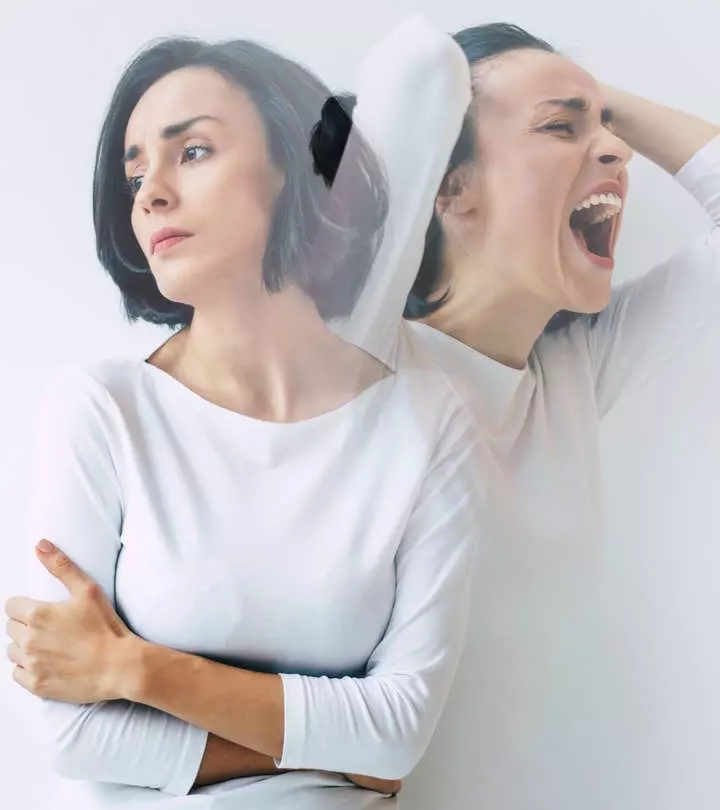


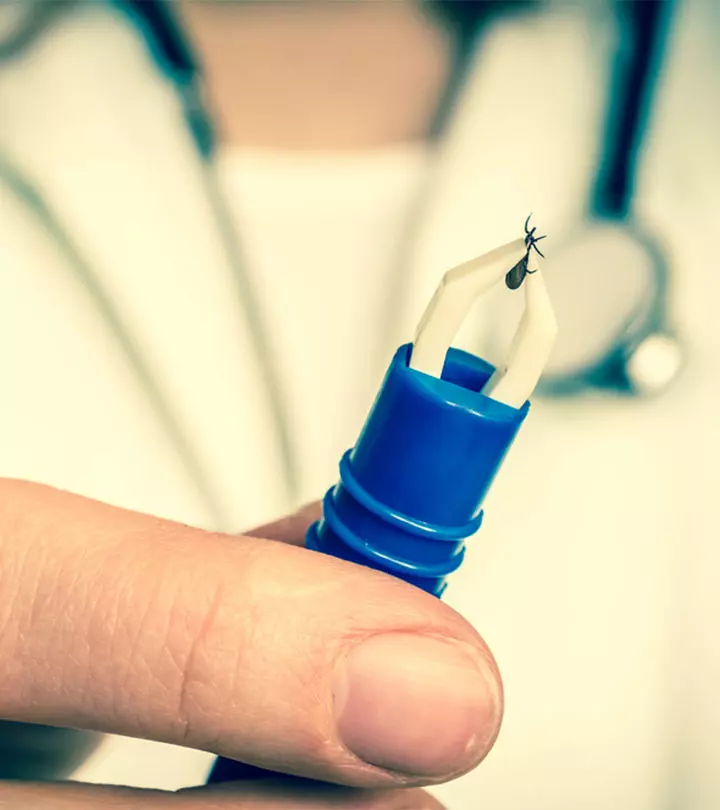






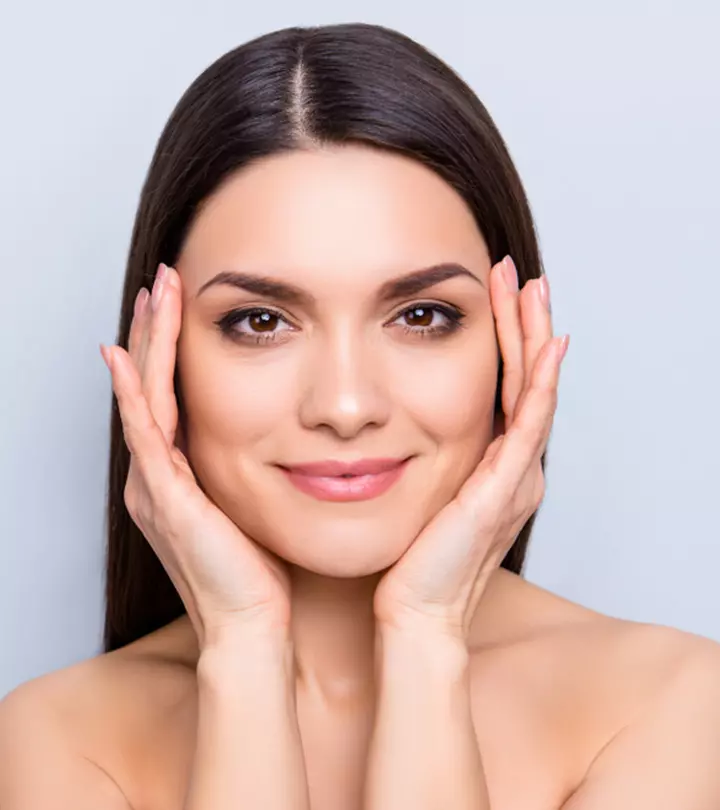

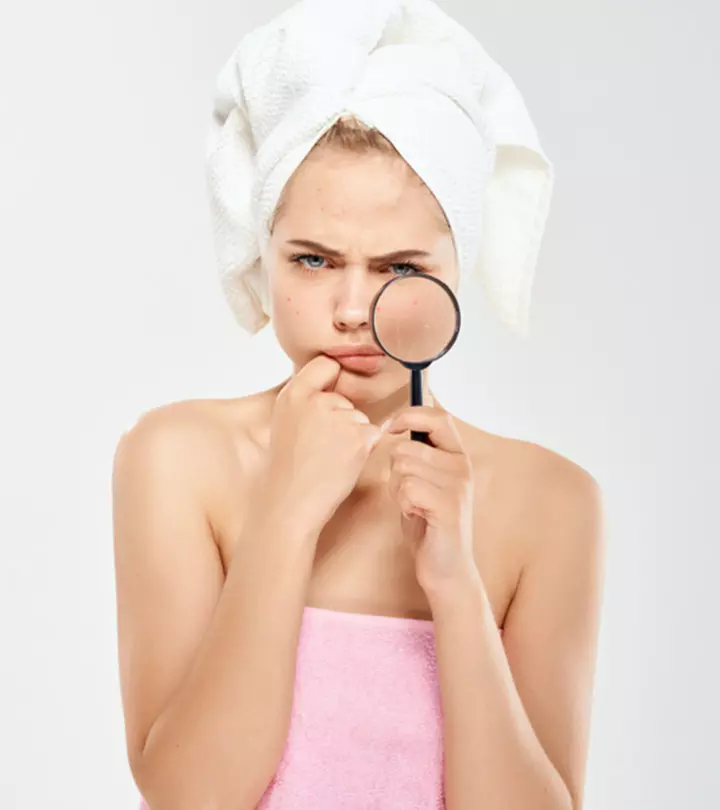







Community Experiences
Join the conversation and become a part of our empowering community! Share your stories, experiences, and insights to connect with other beauty, lifestyle, and health enthusiasts.